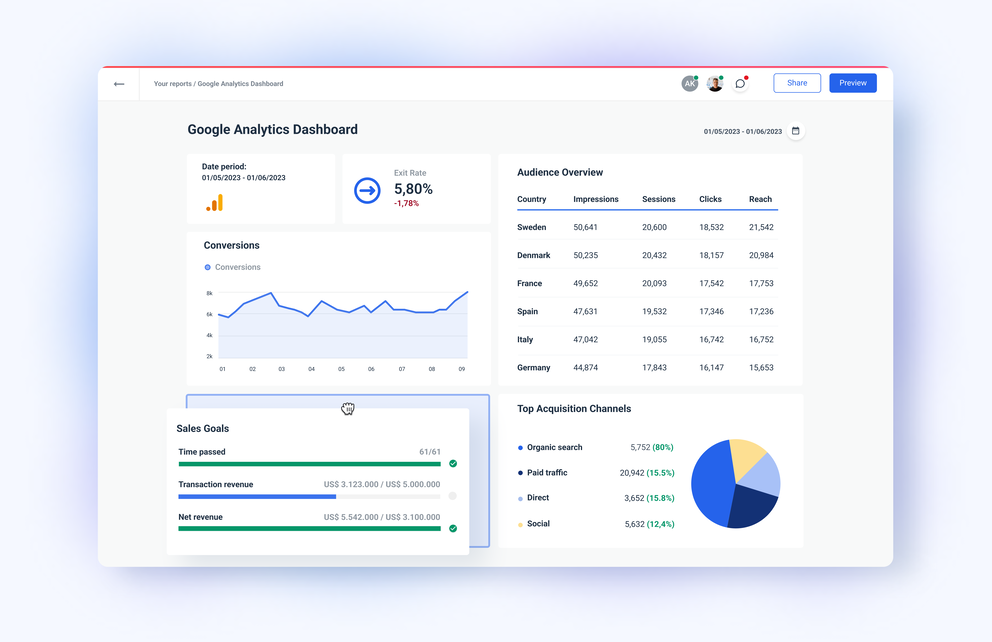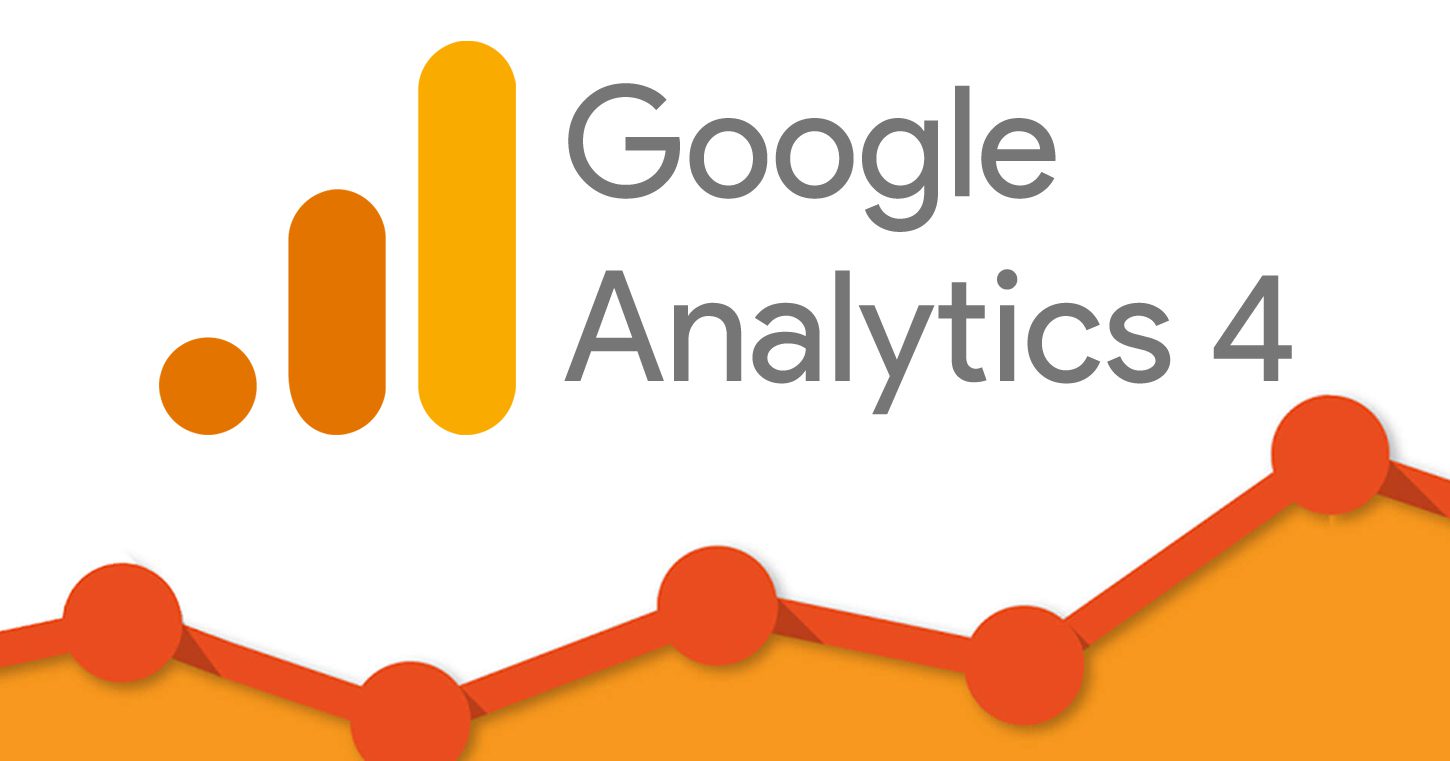Master Web Site Insights With Accurate Google Analytics Monitoring Code
The effective use of Google Analytics hinges on the precise execution of its monitoring code, a fundamental step typically neglected by website owners. What are the common challenges that could weaken your monitoring initiatives, and how can you guarantee precision in your approach?
Comprehending Google Analytics Fundamentals
Google Analytics is a crucial device for site proprietors and marketing professionals, supplying vital insights into customer behavior and website performance. At its core, Google Analytics collects data regarding site visitors to a site, permitting users to examine metrics such as website traffic sources, individual involvement, and conversion rates. Understanding these fundamentals is crucial for maximizing a website's performance and boosting customer experience.
The platform utilizes cookies to track interactions, videotaping data such as web page sights, session periods, and bounce prices. This details is aggregated and presented with adjustable control panels, enabling users to imagine trends gradually. Trick efficiency indications (KPIs) can be monitored, such as the overall number of users, new versus returning visitors, and the geographic distribution of the target market.
Additionally, Google Analytics provides segmentation features, allowing customers to isolate details website traffic sources or individual demographics for more targeted evaluation. By mastering these fundamental components, website proprietors can make educated decisions regarding material method, advertising and marketing campaigns, and overall website enhancements. Ultimately, recognizing Google Analytics basics is important for leveraging data to drive growth and attain business goals efficiently.
Establishing Your Monitoring Code

Replicate the given tracking code and paste it right into the HTML of your internet site. Preferably, this code must be put in the header area of every page you wish to track. This makes sure that the tracking code loads before any other material, permitting it to record data precisely. There are plugins readily available that streamline the integration process. if you are utilizing a material administration system (CMS) like WordPress.
After installment, verify that the tracking code is functioning properly by utilizing Google Tag Aide or the Real-Time reports in Google Analytics - when does the google analytics tracking code send an event hit to analytics?. This step is necessary to validate that your data collection is precise and active, setting the foundation for insightful evaluation
Typical Monitoring Code Issues
This may happen when the monitoring code is put in the incorrect area of the internet site's HTML, usually leading to incomplete or absent data. Furthermore, having multiple circumstances of the tracking code on a single page can result in filled with air metrics, as individual communications could be counted more than when.
Another problem emerges from using ad blockers, which can protect against the monitoring code from executing completely, therefore skewing data. when does the google analytics tracking code send an event hit official website to analytics?. Furthermore, failure to set up filters correctly can bring about the exemption of vital traffic sources or the incorporation of undesirable reference spam, distorting the information gathered
Internet site proprietors may also ignore the relevance of tracking code updates, specifically when moving to Google Analytics 4 (GA4) from Universal Analytics. Lastly, inadequate screening before releasing modifications can lead to unnoticed errors in the tracking code, better making complex data dependability. Attending to these typical problems is crucial for ensuring exact tracking and insightful analytics.
Analyzing Site Data Efficiently
Exact information collection is just the initial step in leveraging Google Analytics; the actual worth exists in efficiently assessing that information to drive enlightened decision-making. To achieve this, it is necessary to determine crucial efficiency signs (KPIs) that line up with your business goals. Concentrate on metrics such as conversion prices, individual interaction, and traffic sources, as these will give understandings right into user behavior and the total performance of your site.
Utilizing Google Analytics' segmentation attributes enables a much deeper understanding of your target market. By damaging down information into details demographics, behaviors, and web traffic networks, you can discover patterns and patterns that inform targeted approaches. Executing custom records and control panels can simplify this process, enabling quick accessibility to important information.
Additionally, on a regular basis examining data trends over time aids to determine abnormalities and chances for enhancement. Use visualization devices to present data in a conveniently absorbable style, assisting in much more efficient interaction with stakeholders. Inevitably, the ability to evaluate web site information effectively empowers companies to make strategic choices that enhance customer experience, maximize advertising and marketing initiatives, and drive growth.

Finest Practices for Accurate Monitoring
Carrying out effective monitoring techniques is critical for getting trustworthy data in Google Analytics. To ensure precise monitoring, begin by properly installing the Google Analytics tracking code on every page of your website. This can be accomplished with a tag supervisor or by straight embedding the code into the HTML.
Next, configure your Google Analytics account to omit interior traffic. This can be done by establishing filters that determine and eliminate brows through from your organization's IP address, thus stopping manipulated data. Additionally, use event tracking to monitor details user communications, such as downloads this page or video clip plays, which standard page views may forget.
Routinely examine your tracking arrangement to verify that all features, such as goals and ecommerce tracking, are functioning effectively. Establish a consistent identifying convention for your campaigns and occasions to assist in easier coverage and analysis.
Last but not least, consider leveraging UTM criteria for campaigns to get understandings right into the performance of various advertising initiatives. By following these finest practices, you can boost the precision of your data collection and analysis, inevitably causing even more enlightened decision-making for your web site.
Conclusion
By guaranteeing the monitoring code is company website properly put and routinely examined, site proprietors can capture vital individual communication data, thus assisting in the identification of crucial efficiency indications. Eventually, a robust monitoring framework boosts the capacity to drive engagement and improve general site efficiency.

Not enough testing before introducing modifications can result in undiscovered mistakes in the tracking code, additionally making complex data reliability.Applying efficient monitoring methods is important for obtaining trustworthy information in Google Analytics. By making sure the tracking code is appropriately positioned and on a regular basis examined, website proprietors can record important individual communication data, thus facilitating the identification of crucial efficiency indicators.